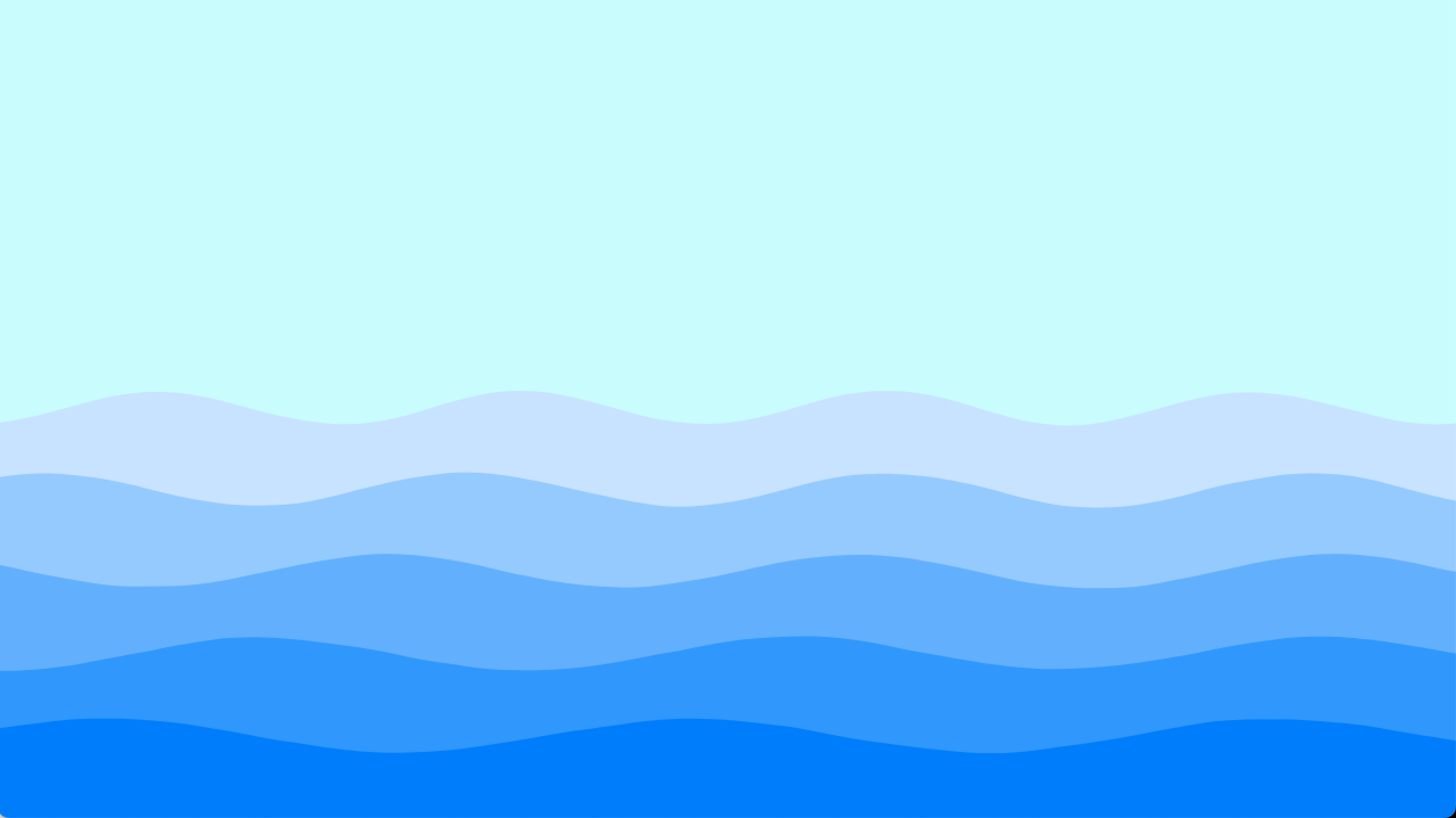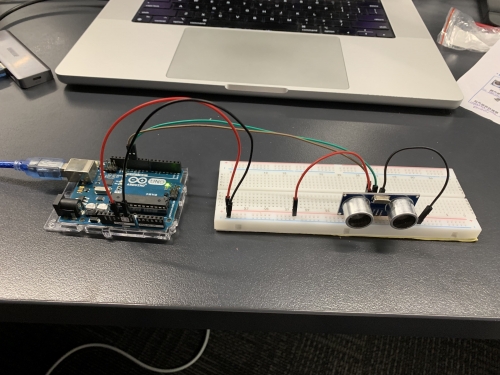
Video documentation of my response is viewable here
A version of the Processing sketch that uses horizontal cursor input instead of Arduino sensor data to drive the interaction is viewable here
Theme :
For this week’s response I was interested in the idea of using external data to drive an interactive experience. My initial thought was to try and use data sourced from the City of Melbourne public data sets to create a creative response, but I quickly realised I didn’t have enough of an understanding of the data sets to use them.
Changing gears, I decided to use my Arduino kit, which came with a variety of sensors. I thought it would be interesting to take data readings from the sensors and import those into Processing, and use them to control a sketch in some way. I’ve never interfaced between Arduino and Processing in this way before so it would be an interesting challenge.
Method :
I experimented with the sensors that I had in my kit. I tried out a LDR / Photoresistor with some sample code, but was unable to get usable readings from it. I next tried an Ultrasonic sensor that detects distance, which I was able to get working, though the readings were a bit inconsistent, even after I applied some smoothing algorithms to the output. The ultrasonic sensor returns the distance in cm of anything in its sensor range, which is approximately 2cm - 4m.
I then found example projects that connected the ultrasonic sensor to a Processing sketch, using the Processing sketch to write the sensor data as text. I then edited this example to create a sketch that displayed an ellipse that’s size was dependent on the sensor readings, and then another where the sensor readings were used to control the hue value of the ellipse’s colour.
Happy with my progress using the sensor data, I started to think about the content of my sketch. I decided that I wanted to create visuals that started off gentle and stable, and become more chaotic as somebody approached the sensor. I decided to recycle some code I had from a previous (unfinished) creative project, that used sine waves to create a 2D ocean scape, and use that in conjunction with the sensor data to create a seascape that transitions from being serene to being stormy, based on the viewer's proximity. This code was written in p5.js however, so I had to convert it back into desktop Processing, which took a fair bit of time.
Context:
Because my response evolved through a process of tinkering; taking stock of the materials that I had at hand, testing their capabilities, and seeing what I could produce using them, I consider the process of making for this week's response to be an act of constructive play (Christie and Johnsen, 1987).
My response this week is a prototype of what could be staged as a larger interactive installation. Audience participation with this installation would evoke the Pleasure of Discovery (Costello, 2007), as I hope that audience's discovering how their bodies and presence affects the state of the artwork would evoke surprise, interest and joy.
Reflection :
I’m pretty happy with how the Processing sketch turned out. I do think there isn’t a clear enough link between the sensor that I’m using to get the readings, and the content of the processing sketch. For the stormy sea sketch, it might make more sense to have used a light sensor, so that reducing the light reaching the sensor would change the scene, or else using a rainfall / water sensor, so that when the sensor detected water it would change.
Another issue was with the readings that I was receiving from the sensor. Even after applying smoothing algorithms to the data being received it was jumpy, and would make the sketch ‘stormy’ even when nothing was in range of the sensor. If I wanted to take this idea of using proximity based input further, I would probably want to invest in a more reliable sensor, or perhaps use a Kinect, rather than an Arduino, for sourcing the proximity data.
References:
Christie, J F. and Johnsen, E P., 1987. Reconceptualizing Constructive Play: A Review of the Empirical Literature. Merrill-Palmer Quarterly, Vol. 33(4), pp.439-452.
Costello, B. and Edmonds, E., 2007. A study in play, pleasure and interaction design. In: Designing Pleasurable Products And Interfaces. [online] ACM, pp.76-91. Available at: <https://dl-acm-org.ezproxy.lib.rmit.edu.au/doi/abs/10.1145/1314161.1314168> [Accessed 26 August 2022].
About This Work
By Eamonn Harte
Email Eamonn Harte
Published On: 24/08/2022


